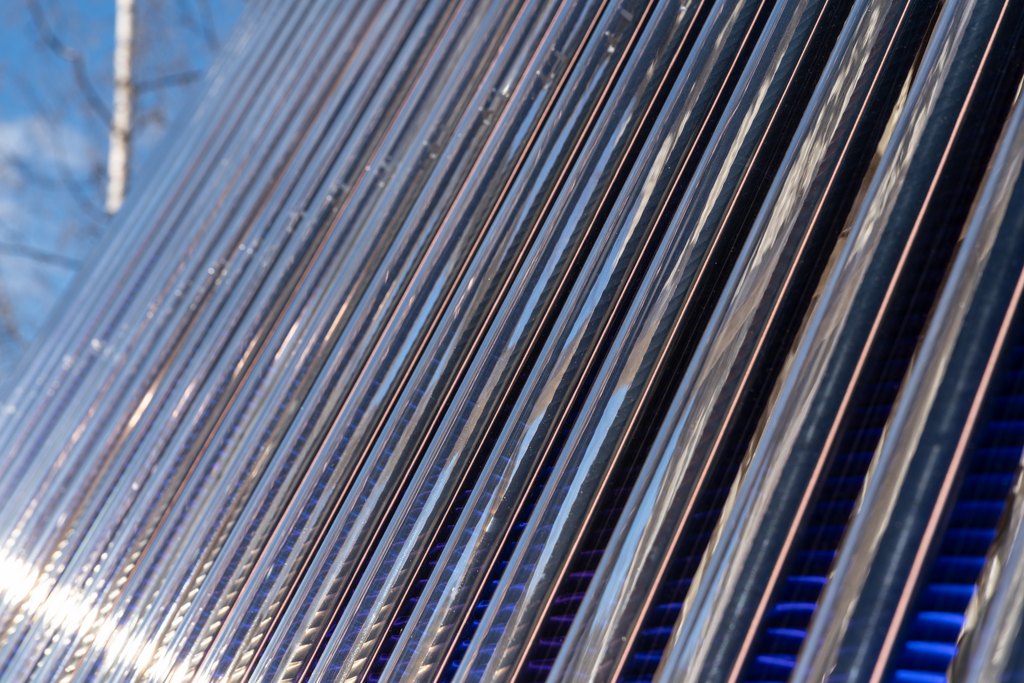
Hybrid Laboratory
The electric and district heating networks built into the Hybrid Laboratory enable the study and development of electrical, automation, energy, and building technology systems.
Systems supporting education, research, and development in energy and building technology
The Hybrid Laboratory includes various HVAC systems as well as state-of-the-art energy technology.
Energy Production and Measurement
At the Hybrid Laboratory, heat energy is generated in several different ways.
The laboratory includes:
- electric boiler
- pellet boiler
- bio-oil boiler
- solar collectors
- geothermal heat pump unit
The produced heat is directed to an internal district heating network, which enables, for example, the control of a apartment building’s radiator network and the warm water distribution network.

HVAC
The HVAC laboratory includes movable learning environments, large and small ventilation units, and a refrigerant workspace.

Electrical and Automation Engineering for Educational and Research Use
Smart Grid
The laboratory features a smart grid, which can be isolated as its own microgrid and is self-sustaining. The grid includes a solar power plant, battery storage, its own substation and generator, as well as electric vehicle charging stations.
Any excess production not used in the laboratory is fed into the campus grid.
The electric grid enables various scenarios such as modeling grid faults and disturbances, connecting different sources of electrical energy to the grid, and measuring their outputs. Additionally, it allows the study of grid balancing in various usage and load scenarios. The operation of the electric grid can be measured, analyzed, and automatically controlled.
